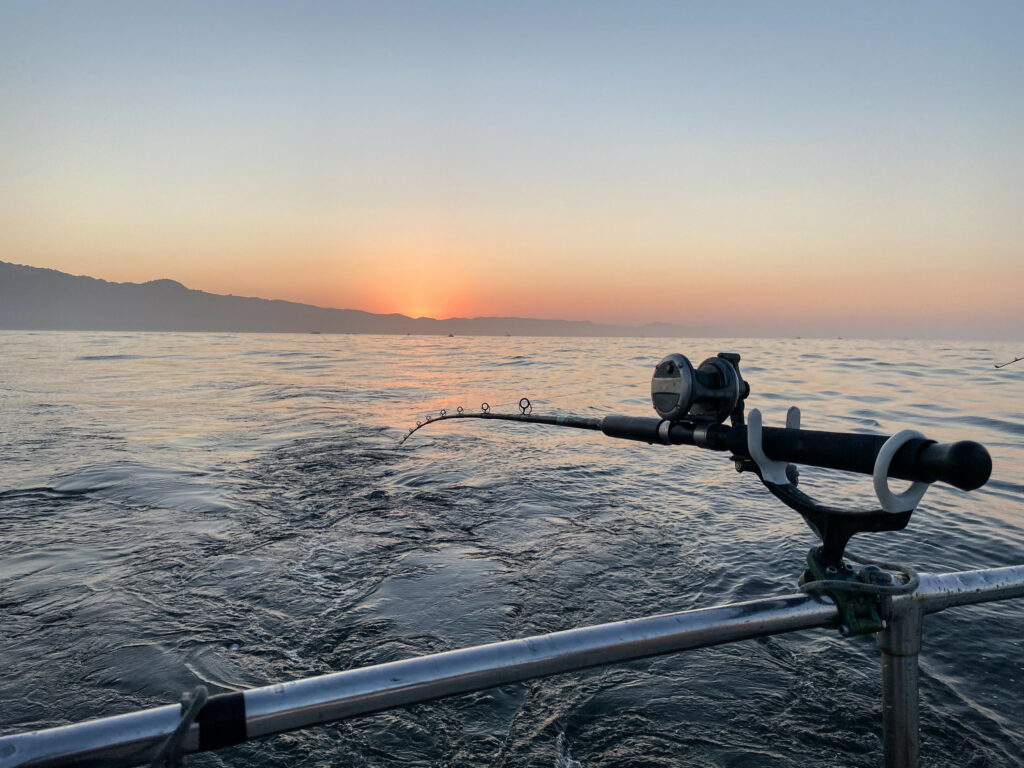Monday April 10, 2023
Commercial and recreational anglers are disappointed to learn that California’s 2023 Chinook salmon (Oncorhynchus tshawtyscha) fishing season has been called off. Recent predictions revealed that Chinook stocks in the Pacific Ocean have reached alarmingly low levels, prompting the closure. Scientists from the California Department of Fish and Wildlife (CDFW) report that fewer than 170,000 3-year old fall-run Chinook will return to spawn in the Sacramento River, which is the lowest forecasted return since 2008. Less than 104,000 are expected to return to the Klamath River, the second lowest forecast since 1997. These numbers were presented at the Salmon Information Meeting on March 1st which is held annually to inform anglers and other interested parties about the fishing season outlook as well as to report the number of spawning adults that returned in the prior year. The Pacific Marine Fishery Council (PMFC) presented alternative season options at a meeting on March 5th, however, none of these options include opening Chinook fishing until April 2024 at the earliest.

CDFW officials suspect the low numbers are connected to the multi-year drought in California. Adult salmon population numbers are typically a direct result of water conditions in the 2-3 years prior, as Chinook salmon take approximately three years from hatching to return to their birth rivers to spawn. For example, CDFW saw that stock forecasts were higher in 2012 and 2013 after experiencing exceptionally heavy rainfall in 2010. Particularly severe drought conditions in 2020 are likely to blame for the poor 2023 forecast, but Pacific salmon face numerous additional challenges that hinder migration and spawning. Dams present substantial obstacles for migrating salmon, and in California alone, dams block more than 90 percent of historical salmon spawning grounds. In some cases, adults can navigate these barriers through fish passage structures like ladders, but more often they have to settle for alternative spawning habitat that is not as suitable for rearing young salmon. Warmer waters as a result of climate change cause high stress for juveniles, and can be lethal for both juvenile and adult fish if water temperatures reach 73 degrees Fahrenheit. In addition to declines due to changing climates and habitats, Chinook salmon in California’s Central Valley have experienced recent declines from thiamine deficiency complex caused by low thiamine levels in the diets of spawning adults.

Despite this year’s concerning forecast, fisheries scientists and officials are trying to maintain a positive outlook for future fishing seasons. Heavy rainfall from this winter’s multiple atmospheric rivers throughout the state should support a healthier adult salmon population that will contribute to the fishery in the coming years as was the case in 2012 and 2013. Additionally, California conservation hatcheries continue to rear millions of juvenile Chinook salmon annually in an effort to replenish ocean stocks. A conservative approach in regulating this year’s commercial and recreational fishing season will hopefully give Chinook stocks time to recover and come back stronger in the near future.

This post was featured in our weekly e-newsletter, the Fish Report. You can subscribe to the Fish Report here.
